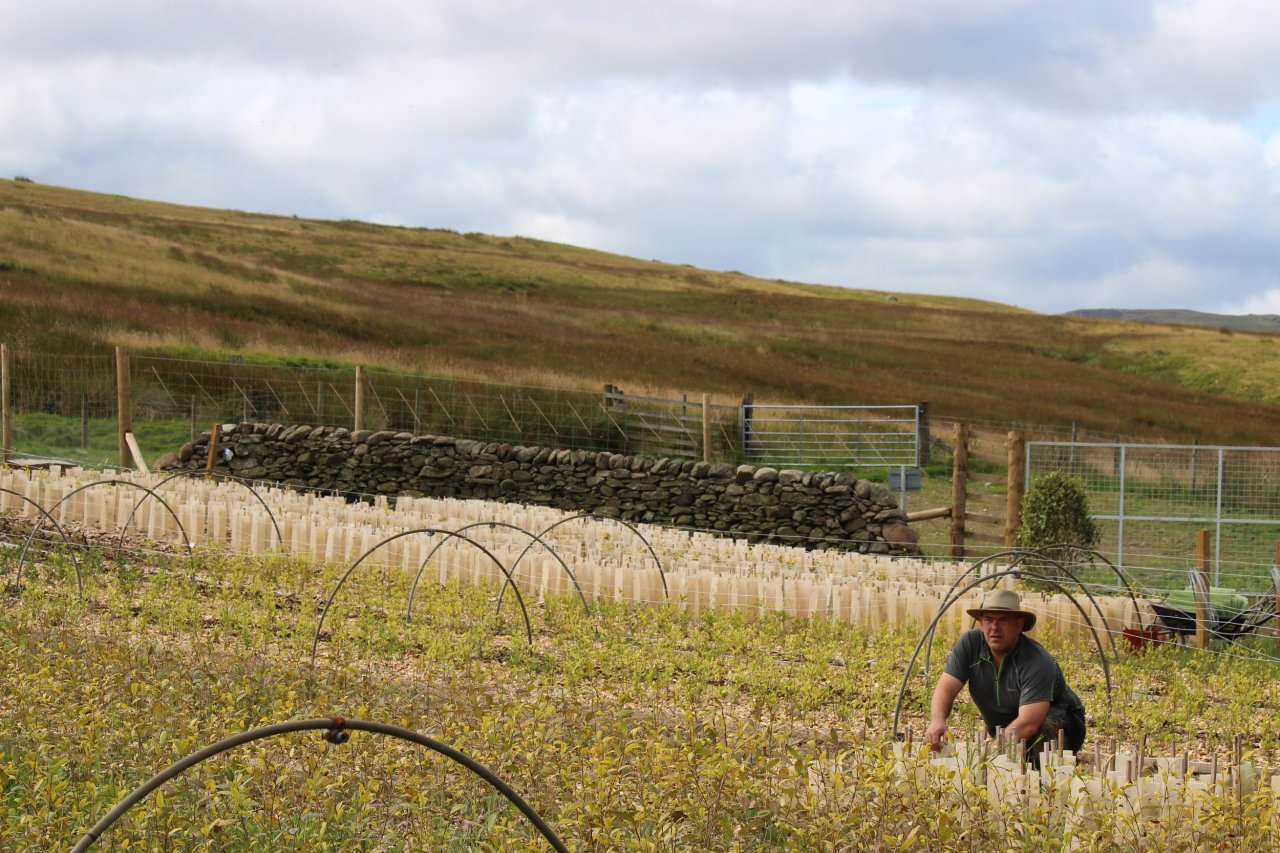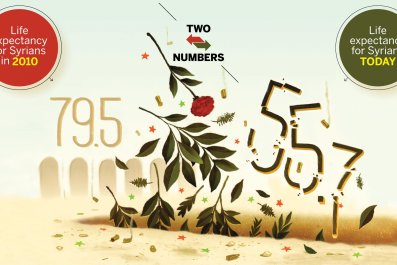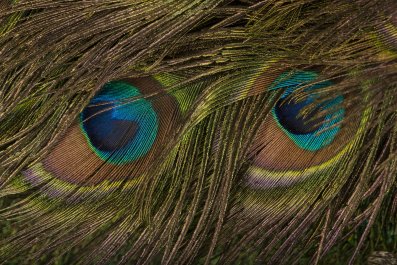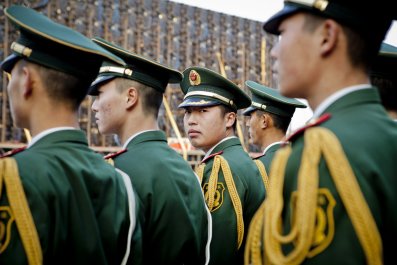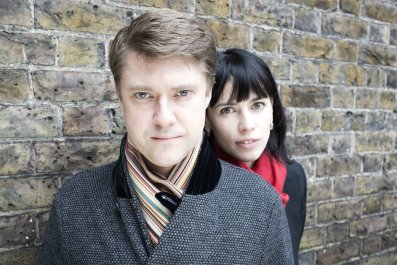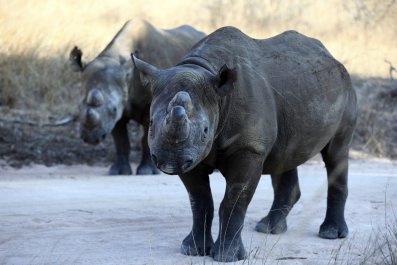Proper Scottish tea is rich, sweet and malty-brown; a brew so thick, they say, your teaspoon should stand up in it. "Scottish blend" is indeed the strongest sold in tea-addicted Britain, with a caffeine level per serving approaching that of half a cup of coffee. It's marketed under the slogan "Tea you can really taste". Detractors add – "and you'll go on tasting it until you've had a whisky".
But real Scottish tea – that's grown in Scotland – is a very different thing indeed. In an elegant Edinburgh hotel, tweed-clad Tam O'Braan pours a very dainty cup: a ghostly-pale yellowish liquid which tinkles into the fine china. He offers it with a pinch of rose petals or a drop of lime – the way it's served at Balmoral, the Queen's Highland home. Inhaling the brew sums up a vision of my grandmother, pouring her beloved Lapsang Souchong into porcelain cups at the ritual tea-time of my childhood. (It was the fruitcake that interested me.)
O'Braan is a Scottish tea-grower. At the moment that is a lonely profession. But with eight more plantations in development, O'Braan believes he and his friends in the Wee Tea Company are pioneers of a grand new industry. Ever since they harvested their first crop last year, demand has outstripped supply. "I get requests from all over the world, buyers from Singapore or the States turning up on my doorstep. I can't produce enough. People think Scottish tea is a joke – but it's a genuinely sustainable agricultural industry."
With his Dalreoch Estate Smoked White Tea selling at £2,300 a kilo (ordinary tea goes for £40), the numbers are not to be laughed at. At the Balmoral Hotel in Edinburgh, a small pot of tea costs £10. Fortnum and Mason in London sells the tea at £30 for a 15g box, billing it as having "fruity, peachy and nutty tones". Britain's poshest grocer has already shifted over 200 kilos of the tea – aided by the fact that last year it won a gold medal at the Salon du Thé awards in Paris. "It is the second most expensive tea in the world, the price driven up by insatiable Chinese demand for 'white' teas, the most delicate of all." The Queen likes it too, judging by the number of repeat orders from her household.
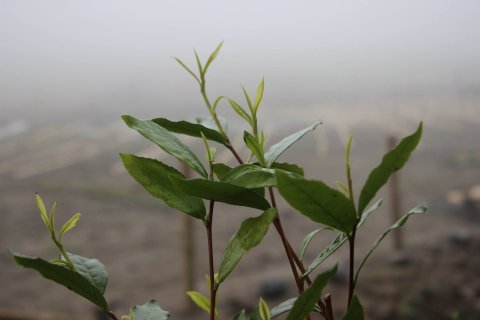
For more ordinary drinkers, a Scottish tea blend that has a small percentage of Dalreoch-grown leaves is now in Britain's Co-op supermarkets, sold by O'Braan's partners at the Scottish blender The Wee Tea Company. It costs a more reasonable £4.99 for 50g – enough to make 15 or so cups. The proportion of actual Scottish tea will rise as more plantations come on stream, promises O'Braan.
The Dalreoch Estate sounds grand, but it is, in reality, actually a tatty piece of former sheep farm in the hills that rise towards the Cairngorms. O'Braan bought the land four years ago, after a career in reforestation and plant chemistry across the world. His plan was to find new ways to make a living with his young family on land that, 750ft up, is not easy to work. He even changed his name, from O'Brien, to acknowledge the river Braan, that threads its way down the valley to the river Tay once it has watered his tea plants. Locally, he's know as Typhoo Tam – but his beef-farming neighbours who once laughed are now looking on with some jealousy.
Scotland is not in fact so odd a place to grow tea. In Africa and Asia crops grow at high altitude largely because the cold temperatures are good for quality and keeping pests down. The idea of growing it in the highlands of Scotland is not new: Winston Churchill suggested it during the Second World War, pointing out that the British addiction to tea was exacting an appalling cost in the lives of merchant seamen, who had to ship the leaf in past German submarines. In the 19th century, the Scottish botanists who took Chinese plants to India tried but failed to get tea plantations to thrive in their homeland. O'Braan's view is that they took the wrong type of plants.
His stock comes from camellia sinensis, the orginal Chinese tea tree. By using cuttings, he developed specially hardy plants that could survive Scottish winter frosts. Planted in their neat rows they are helped along by a programmable fabric that reflects the Scottish sunlight and cossets the plant roots. Four thousand bushes, each about waist-high, are now sprouting pert green leaves that can be harvested every four weeks – the cup I drank was from the first "flush" of 2015.
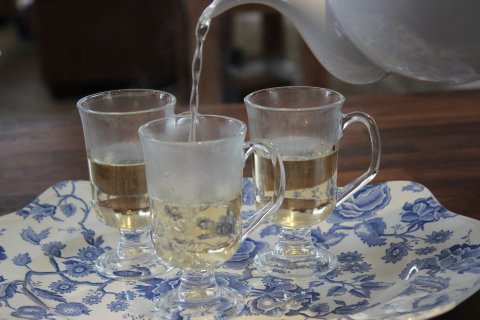
After it was picked, the leaves were warmed in a frying pan to start a gentle fermentation. It's that factor, a controlled rotting of the tea leaves, that determines whether tea is white, green or black. Then part of the crop was smoked over beech-wood to give it the Lapsang Souchong-ish smoky flavour that has entranced tea-bloggers across the world. The smoking technique was devised by a friend of O'Braan's, who usually uses it for salmon from the river. Some of the tea experts have made a useful comparison of the flavour with the peaty tones of malt whisky.
Is Scottish tea a patriotic endeavour for a country that wants to show the world it can go it alone? O'Braan dodges the question. "I think that in this country, where we produce so much great food and drink, it's good to show that we can make something else that's world-beating in taste and quality. And hill-farming is hard work, with long hours – if we can get a new high value product to help farmers and their families make a living, that's good for everyone."
But, as O'Braan admits, all the hills of Perthshire will never supply the needs of Scottish Blend tea. "We just drink too much of it." Besides, his elegant tea just doesn't have those kick-you-out-of-bed caffeine levels that get many Scots to work in the morning.



